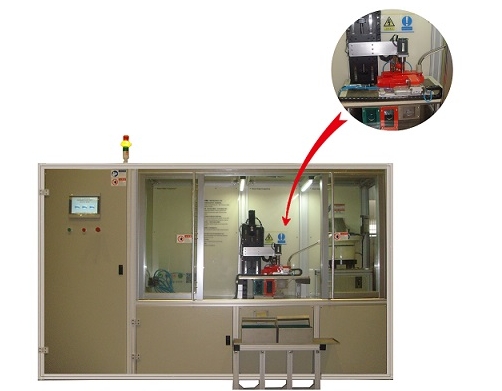- 07
- Nov
Advantages of induction heaters
uru nke induction heaters
1. Induction heating does not need to heat the workpiece as a whole, but can selectively heat local parts, so as to achieve the purpose of less power consumption, and the deformation of the workpiece is not obvious.
2. The heating speed is fast, which can make the workpiece reach the required temperature in a very short time, even within 1 second. As a result, the surface oxidation and decarburization of the workpiece are relatively slight, and most workpieces do not need gas protection.
3. The surface hardened layer can be regulated by adjusting the operating frequency and power of the equipment as needed. As a result, the martensite structure of the hardened layer is finer, and the hardness, strength and toughness are relatively high.
4. The workpiece after heat treatment by induction heating has a thicker toughness area under the surface hard layer, and has better compressive internal stress, which makes the workpiece’s fatigue resistance and breaking ability higher.
5. The heating equipment is easy to install on the production line, easy to realize mechanization and automation, easy to manage, can effectively reduce transportation, save manpower, and improve production efficiency.
6. One machine can be used for multiple purposes. It can not only complete quenching, annealing, tempering, normalizing, quenching and tempering and other heat treatment processes, but also complete welding, melting, hot assembly, hot disassembly and diathermy forming.
7. It is easy to use, simple to operate, and can be started or stopped at any time. And no preheating required.
8. It can be operated manually, or semi-automatically and fully automatically; it can work continuously for a long time, or it can be used randomly when it is used. It is conducive to the use of equipment during the power supply valley electricity price discount period.
- High utilization rate of electric energy, environmental protection and energy saving, safety and reliability, good working conditions for workers, advocated by the state, etc.

